Most Precious Blood Catholic Church, Southwark gets new internal and external lighting
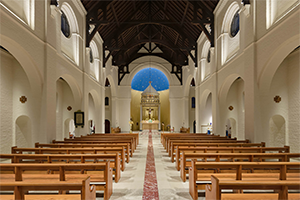
The Catholic Parish of the Most Precious Blood was founded in 1891 by Bishop Butt and designed by architect Frederick Arthur Walters (1849–1931) who designed over 50 churches in his career.
The clients provided a clear brief to CES Lighting and Electrical Specialists: "The overall effect we are aiming for in the church is one of 'Cistercian' simplicity and calmness punctuated by highlighted areas of religious/spiritual significance. The architecture of the building is already strong in both scale and form and does not of itself require any particular highlighting or enhancement."
Read more: Most Precious Blood Catholic Church, Southwark gets new internal and external lighting
LED Conversion at Grade 1 listed St John the Baptist Church, London
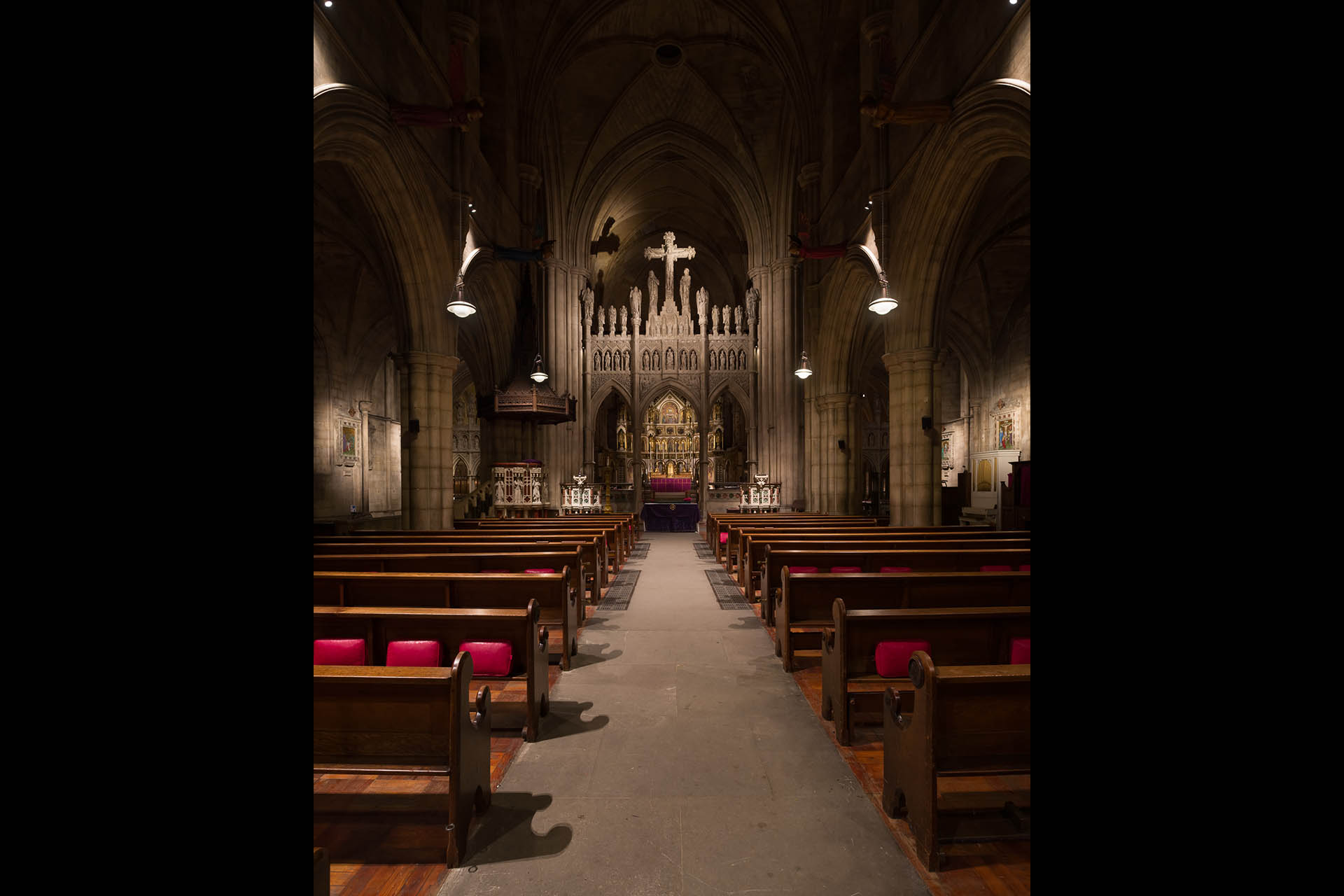
St John the Baptist Church, Holland Road in London is Grade I listed, embedded between the urban landscapes of Shepherd’s Bush and Holland Park. The church is an impressive example of Victorian Gothic Revival built from 1870 by architect James Brooks.
Surrey-based CES Lighting & Electrical Specialists were approached to address the lighting within the church which was no longer suitable for the running of the services and other church activities. Due to the architecture and location of fittings maintenance was an ever-present issue.
Read more: LED Conversion at Grade 1 listed St John the Baptist Church, London
Radiator heating project completed at St Mary’s Church in Walkern
 The ChurchEcoMiser team completed a 22 radiator church heating installation project at St Mary’s Church in Walkern.
The ChurchEcoMiser team completed a 22 radiator church heating installation project at St Mary’s Church in Walkern.
In August of 2021 the ChurchEcoMiser team started work at St Mary’s church in Walkern.
The original heating system was installed towards the end of the 19th century and needed updating.
Read more: Radiator heating project completed at St Mary’s Church in Walkern
What makes better outdoor seating than…an oast cowl?
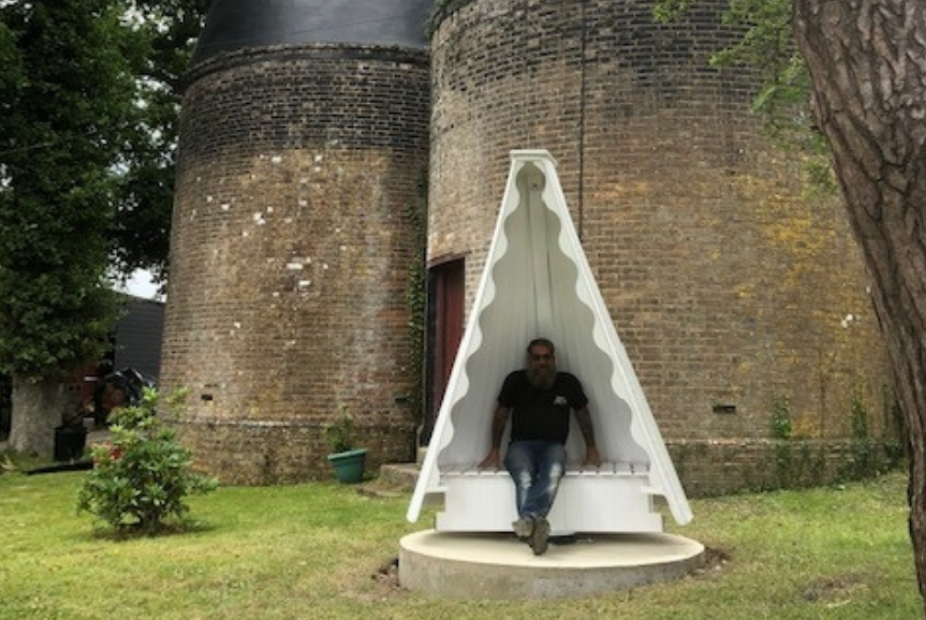 Did you know that oast cowl specialists Dude and Arnette also do bespoke features? That’s right; every so often they get requests from clients to build something unique for them and it’s always great fun for the team. It not only allows them to put their tried-and-tested skills to good use, but also to flex their creative muscles to bring ideas to life.
Did you know that oast cowl specialists Dude and Arnette also do bespoke features? That’s right; every so often they get requests from clients to build something unique for them and it’s always great fun for the team. It not only allows them to put their tried-and-tested skills to good use, but also to flex their creative muscles to bring ideas to life.
Read more: What makes better outdoor seating than…an oast cowl?
Heating installation completed at St James Church, Midhopestones
 The ChurchEcoMiser team completed a church heating installation project at St James Church in Midhopestones.
The ChurchEcoMiser team completed a church heating installation project at St James Church in Midhopestones.
The church had a low pressure coal fired heating system installed in the refurbishment of 1892 which fell into disrepair in the 1980’s. For the last 40 years, the church had been heated with an industrial warm air unit sited in a room adjoining the east end of the church but this reached the end of its natural life.
Read more: Heating installation completed at St James Church, Midhopestones
Curo Construction enters final phase of refurbishment work at the British Museum
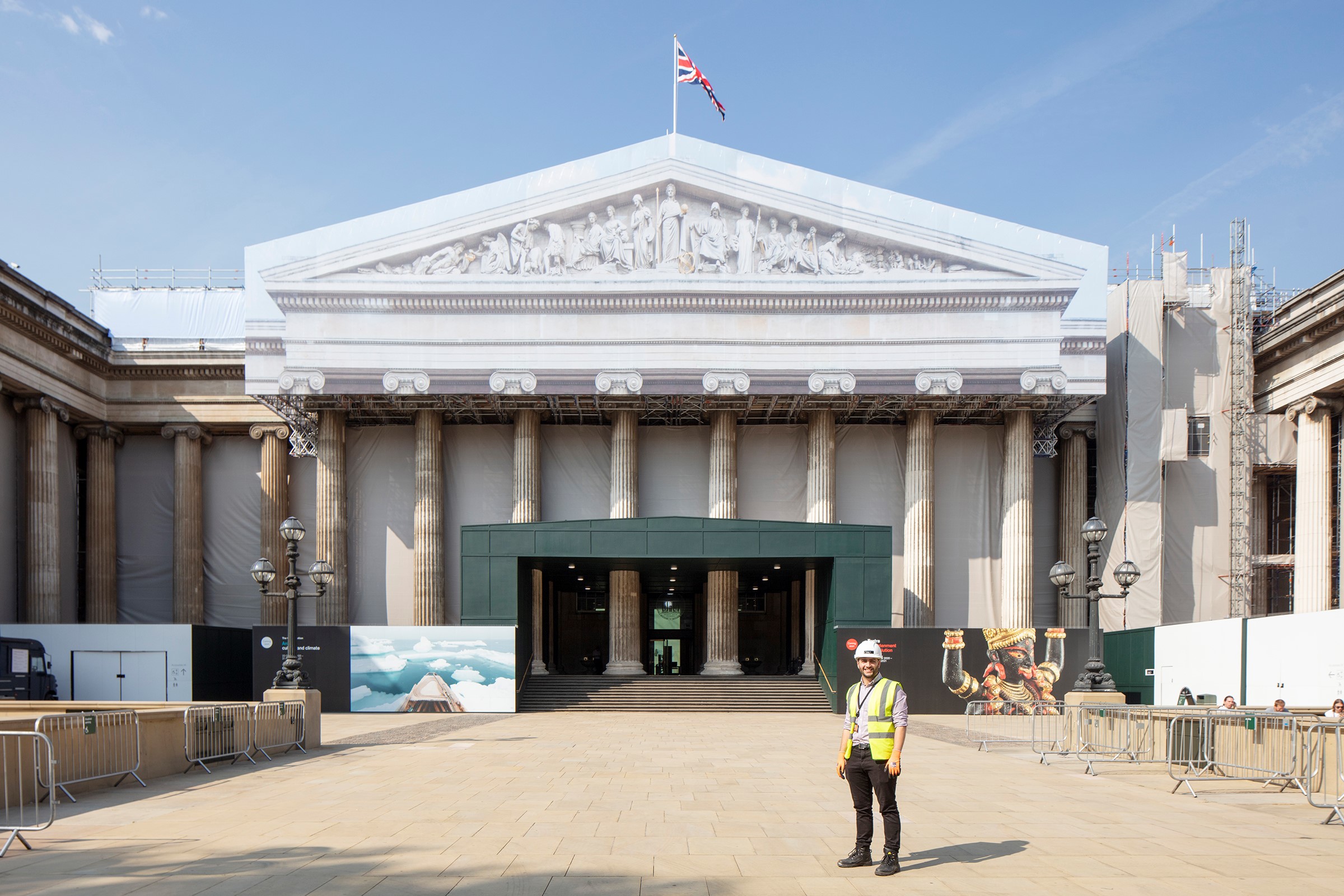 Curo Construction, a privately-owned construction company predominately operating in Central London, has been selected as Principal Contractor to embark on essential refurbishments of the South Colonnade at the British Museum, a Grade I Listed estate. Essential refurbishment and building conservation works are being undertaken, which include the replacement of the copper roof finish to the South Colonnade.
Curo Construction, a privately-owned construction company predominately operating in Central London, has been selected as Principal Contractor to embark on essential refurbishments of the South Colonnade at the British Museum, a Grade I Listed estate. Essential refurbishment and building conservation works are being undertaken, which include the replacement of the copper roof finish to the South Colonnade.
Read more: Curo Construction enters final phase of refurbishment work at the British Museum
The Anglican Diocese of Exeter
 As the Christian Resources Exhibition comes to Exeter, we thought we should take a look at the Anglican Diocese of Exeter.
As the Christian Resources Exhibition comes to Exeter, we thought we should take a look at the Anglican Diocese of Exeter.
Church Buildings and Churchyards
There are 605 church buildings in the Diocese of Exeter and each represents the lives of thousands of people who have worshipped, celebrated and mourned there. Many are historic listed buildings and their care and maintenance can be one of the greatest challenges that congregations face.
An introduction to the Mastic Asphalt Council (MAC)
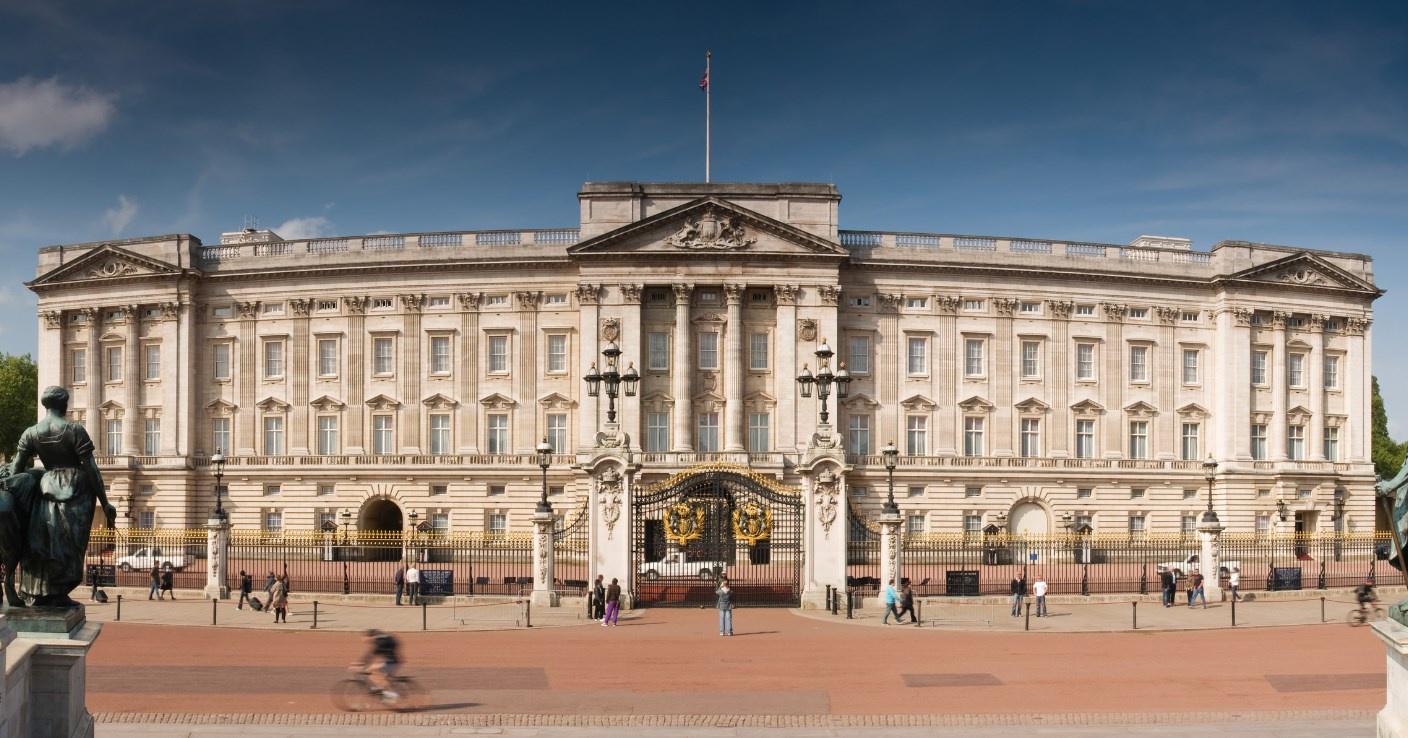 The Mastic Asphalt Council (MAC) is the trade association for the UK mastic asphalt industry. MAC represents more than 90 companies - including mastic asphalt manufacturers, the contractors responsible for its installation, and associated suppliers of equipment and services.
The Mastic Asphalt Council (MAC) is the trade association for the UK mastic asphalt industry. MAC represents more than 90 companies - including mastic asphalt manufacturers, the contractors responsible for its installation, and associated suppliers of equipment and services.
Top quality products, design and workmanship are fundamental to the Mastic Asphalt Council. MAC membership is only open to those manufacturers and contractors that can satisfy the stringent quality requirements. These strict membership requirements enable MAC to justifiably claim that it represents the UK’s top 70 mastic asphalt contractors, as well as leading manufacturers.
Read more: An introduction to the Mastic Asphalt Council (MAC)
Stop churches from suffering the effects of lightning
 Direct Strike Ltd are a business that specialises in safeguarding people and properties against lightning. As a result, they feel that it is their duty to do whatever they can for their customers. One thing they do for them is supply the most effective lightning protection testing Carlisle has to offer. The team carries out comprehensive checks and leaves nothing out.
Direct Strike Ltd are a business that specialises in safeguarding people and properties against lightning. As a result, they feel that it is their duty to do whatever they can for their customers. One thing they do for them is supply the most effective lightning protection testing Carlisle has to offer. The team carries out comprehensive checks and leaves nothing out.
Read more: Stop churches from suffering the effects of lightning
Derby’s best-known family business clocks up triple awards success
 There was A triple celebration at the Family Business of the Year Awards for Smith of Derby Ltd, who scooped no fewer than three awards – including the top award.
There was A triple celebration at the Family Business of the Year Awards for Smith of Derby Ltd, who scooped no fewer than three awards – including the top award.
The awards are a celebration of British family-owned businesses across the UK, recognising the contribution they make to the economy, as well as the thousands of jobs they support. This year a virtual awards ceremony was held live across the internet.
Read more: Derby’s best-known family business clocks up triple awards success
Exciting line-up announced for ISCVEx 2025 seminars
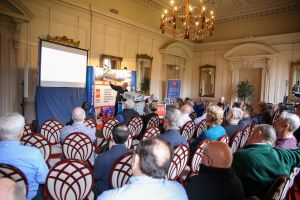 The Institute of Sound, Communications and Visual Engineers is thrilled to announce the seminar line-up for ISCVEx 2025, scheduled for 25-26 March at the stunning Coombe Abbey Hotel, Binley, near Coventry. Next year’s event promises to be a must-attend for professionals in the sound, communications and audio-visual industries.
The Institute of Sound, Communications and Visual Engineers is thrilled to announce the seminar line-up for ISCVEx 2025, scheduled for 25-26 March at the stunning Coombe Abbey Hotel, Binley, near Coventry. Next year’s event promises to be a must-attend for professionals in the sound, communications and audio-visual industries.
Following the AGM and Members' Day, the event will kick off with a networking dinner on 25 March. The second day will feature an exhibition from over 30 leading manufacturers and distributors, alongside three engaging seminars from top industry minds.
Read more: Exciting line-up announced for ISCVEx 2025 seminars
Sustainability and energy efficiency in historic buildings and churches

There are some relatively easy steps which will cut your church's use of electricity and gas/oil, and your utility bills.
Download the guidance for advice about adjustments to your radiators, heating system and lighting as well as 'soft' changes such as cushions and draught-proofing.
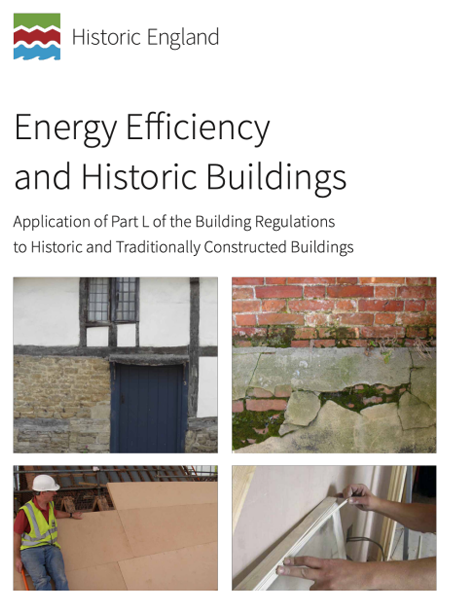 Application of Part L of the Building Regulations to Historic and Traditionally Constructed Buildings
Application of Part L of the Building Regulations to Historic and Traditionally Constructed Buildings
Historic England supports the Government’s aims to improve the energy efficiency of existing buildings through Part L of the Building Regulations. Many improvements can be carried out, often at a relatively low cost, significantly enhancing the comfort of the building for its users, as well as providing savings on fuel bills and helping to meet greenhouse gas emission reduction targets. Improving energy and carbon performance may also give a welcome opportunity to protect and enhance a historic building and ensure that it remains viable into the future.
For historic buildings a balance needs to be achieved between improving energy efficiency and avoiding damage both to the significance of the building and its fabric. Taking a ‘whole building approach’ can achieve significant improvements in most cases, although not always to the standards recommended in the Regulations. Achieving an appropriate balance requires an understanding of the Regulations and the building, particularly the point at which alteration to the building’s character and significance becomes unacceptable.
The Building Regulations Approved Documents for Part L make it clear that a reasonable compromise on the energy efficiency targets may be acceptable in order to preserve character and appearance and to avoid technical risks. They do this by specifically including some ‘exemptions’ and circumstances where ‘special considerations’ apply for historic buildings and those of traditional construction.
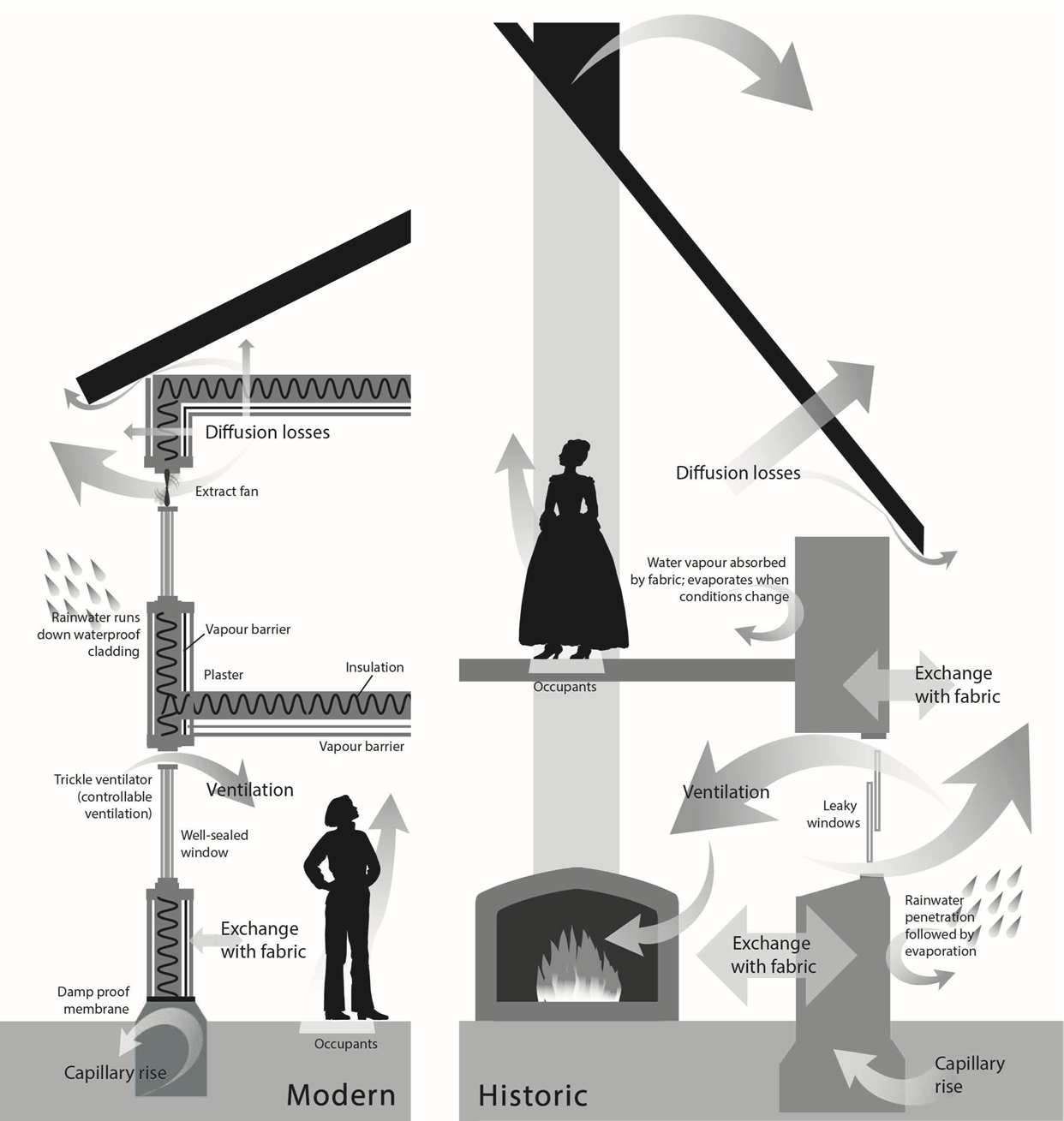 Typical differences in the movement of moisture for a historic building and a modern buildingFull details in Historic England’s guide here.
Typical differences in the movement of moisture for a historic building and a modern buildingFull details in Historic England’s guide here.
The regulations will have an update coming into effect in June 2022 with certain changes to places of worship and heritage buildings. More information to follow.
We invite contributions from solution providers and experts in the sector who welcome this marketing opportunity. Contact Richard Shepherd email This email address is being protected from spambots. You need JavaScript enabled to view it. for further information.
First choice for restoration of Historic England's York HQ
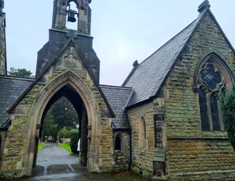 CG Building and Restoration Ltd is a trusted and highly skilled building contractor with a strong track record in the delivery of residential, commercial and restoration projects.
CG Building and Restoration Ltd is a trusted and highly skilled building contractor with a strong track record in the delivery of residential, commercial and restoration projects.
Founded by Vernon Carter in 2013, they have grown to become a leading building contractor with a professional and experienced team equipped with the perfect combination of skills. With offices based both in York and Ryedale, they are able to provide services throughout Yorkshire. CG were recently the first choice to restore Historic England's Headquarters in York.
Read more: First choice for restoration of Historic England's York HQ













